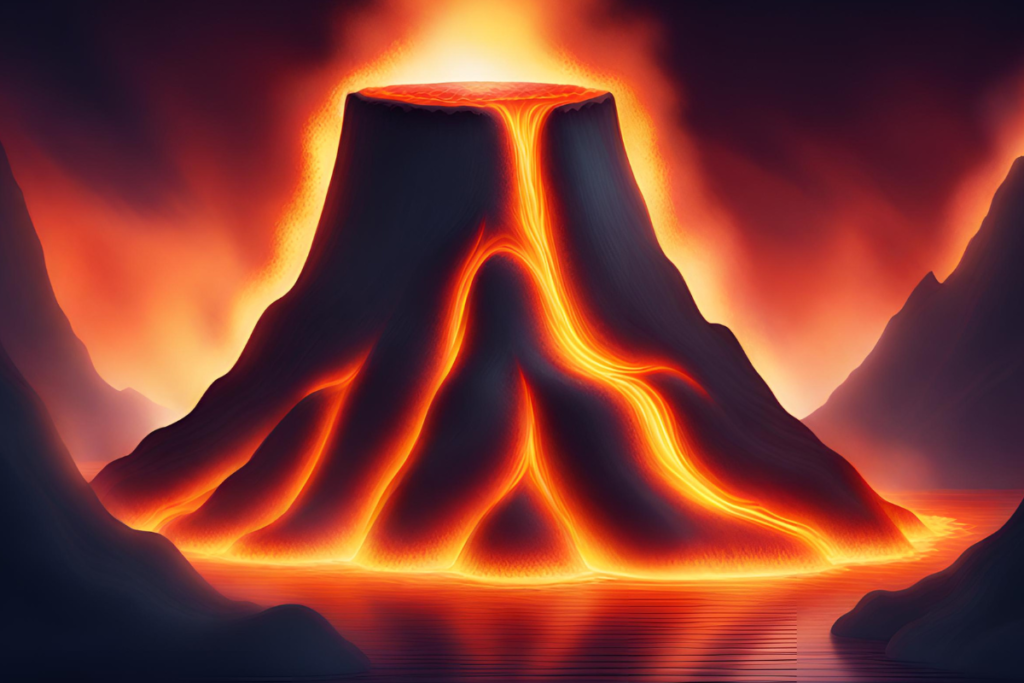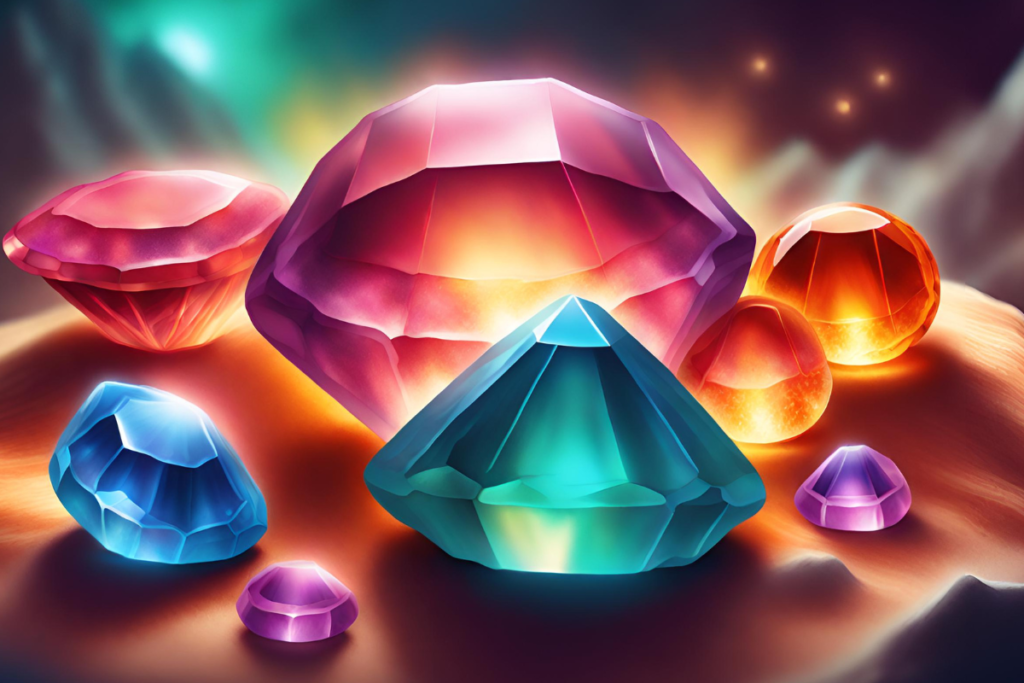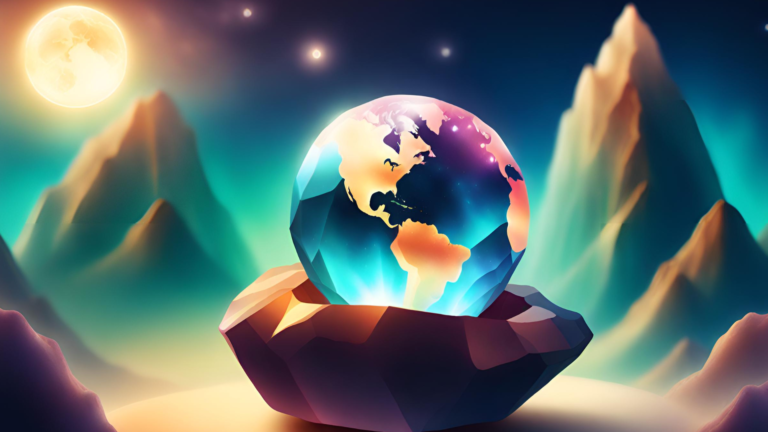Gemstones are not just symbols of beauty and wealth; they are fascinating subjects of scientific study.
These natural wonders are formed through complex geological processes that take place over millions of years, often under extreme conditions.
This article delves into the science behind gemstones, exploring their geological formation, characteristics, and the remarkable journey from the Earth’s depths to dazzling adornment.
The Genesis of Gemstones
Formation Processes

Gemstones are typically formed in the Earth’s crust, though some come from the mantle. There are three primary ways in which these minerals can form:
- Igneous: These stones form from cooling magma deep within the Earth. As the magma cools, minerals crystallize and form gemstones like diamonds and peridot.
- Metamorphic: Existing rocks transform under intense heat and pressure, creating new types of gemstones. For example, ruby and sapphire are formed from the metamorphosis of limestone.
- Sedimentary: Minerals dissolve in water and form solutions. Over time, as the water evaporates or conditions change, these minerals crystallize out of the solution and form gemstones like opal.
The Role of Elements

The presence of certain elements during the formation process gives gemstones their color and properties. For example, the presence of chromium gives rubies their red color, while the presence of iron and titanium can give sapphires a range of colors from blue to yellow.
Classifying Gemstones
Mineral vs. Organic
Most gemstones are minerals, having a definite chemical composition and crystalline structure. Examples include diamonds (carbon) and emeralds (beryl).
However, some are organic, formed from living organisms. Amber, for instance, is fossilized tree resin, while pearls are formed inside mollusk shells.
The Mohs Scale of Hardness
One way scientists classify minerals is by hardness. The Mohs scale rates minerals on a scale from 1 (talc) to 10 (diamond).
Hardness is essential for understanding how to cut, polish, and wear gemstones.
Refractive Index and Luster
The refractive index measures how much light is bent, or refracted, when entering a gemstone. This property, along with luster (how light interacts with the surface), contributes to a gemstone’s brilliance and sparkle.
The Journey from Rough to Refined

Mining and Extraction
The search for gemstones has led humans to the farthest corners of the earth, delving into deep mines and sifting through riverbeds. Once extracted, rough gemstones often look nothing like the polished jewels we’re accustomed to.
Cutting and Polishing
Transforming a rough stone into a sparkling gem is an art and science. Cutters must consider the stone’s natural properties, including cleavage, hardness, and color, to determine the best cut.
The goal is to maximize the stone’s beauty, whether that’s through a brilliant round cut, a smooth cabochon, or another shape.
Treatment and Enhancement
Many gemstones are treated to enhance their color or clarity.
Common treatments include heating, which can intensify or change a stone’s color, and filling, which can reduce the visibility of cracks. While these treatments can increase a stone’s appeal, they also affect value and care requirements.
Gemstones and Technology

Synthetic and Simulant Stones
Advances in technology have led to the creation of synthetic gemstones, which have the same chemical, physical, and optical properties as natural stones but are made in a lab.
Simulants, on the other hand, merely look like the real thing but have different properties. Understanding these distinctions is crucial for any gem enthusiast.
Gemstone Identification
Modern gemologists use a range of tools to identify and characterize gemstones, from simple loupes to sophisticated spectrometers.
These tools can reveal a stone’s origin, treatments, and even “fingerprint” unique inclusions that tell the stone’s story.
The Enduring Allure of Gemstones
The science of gemstones reveals a world of complexity and wonder beneath the surface of these beautiful objects. From their fiery formation deep within the Earth to the skilled hands of the lapidary shaping them into dazzling jewels, gemstones are a testament to the marvels of the natural world and human ingenuity.
As we continue to unearth new gemstone deposits and push the boundaries of gemological science, our fascination with these stones only grows stronger.
Whether worn as a symbol of love, status, or simply for their sheer beauty, gemstones continue to captivate us with their sparkle and mystery.
The harmonious interplay between gemstones and astrology for example, and how these cosmic treasures find their place in the tapestry of celestial harmony are endlessly fascinating.
Join us at Moon Mind More as we further explore the intersection of nature’s artistry and human craftsmanship in the world of gemstones.
Each stone has a story, a journey from the depths of the earth into the light, waiting to be told.






